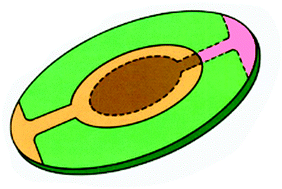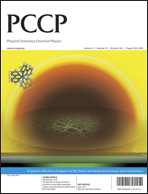An electrochemical quartz-crystal microbalance (EQCM) was used to determine the mass of poly-(o-phenylenediamine) (PoPD) layers electro-deposited at different applied potentials in neutral buffered monomer solution, conditions that produce the insulating form of the polymer used as a permselective membrane in biosensor applications. There was a systematic increase in the total, steady state PoPD mass deposited for fixed applied potentials from 0.05 to 0.6 V vs.SCE, followed by a plateau up to 0.8 V. Comparison of PoPD mass and permselectivity parameters indicates that the ability of the passivating form of PoPD to block interference species in biosensor applications is not related in a simple way to the mass of material deposited on the surface. Instead, effects of the applied electropolymerisation potential in driving the electro-oxidation of oPD dimers and oligomers formed during the electro-deposition process are likely to have a more direct impact on the selectivity characteristics of the PoPD layer. The results highlight the usefulness of apparent permeabilities, especially of ascorbic acid, in revealing differences between PoPD layers electro-deposited under different conditions.

You have access to this article
 Please wait while we load your content...
Something went wrong. Try again?
Please wait while we load your content...
Something went wrong. Try again?


 Please wait while we load your content...
Please wait while we load your content...